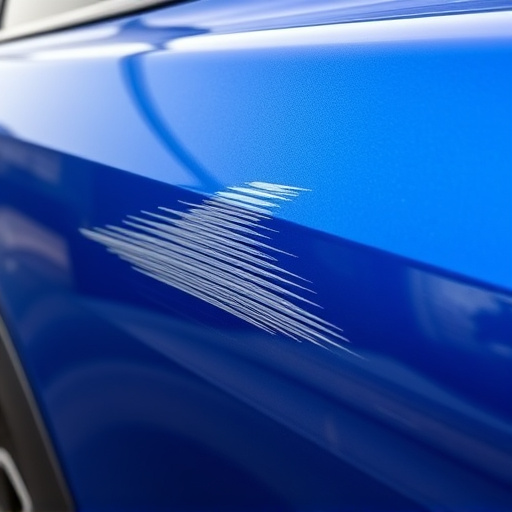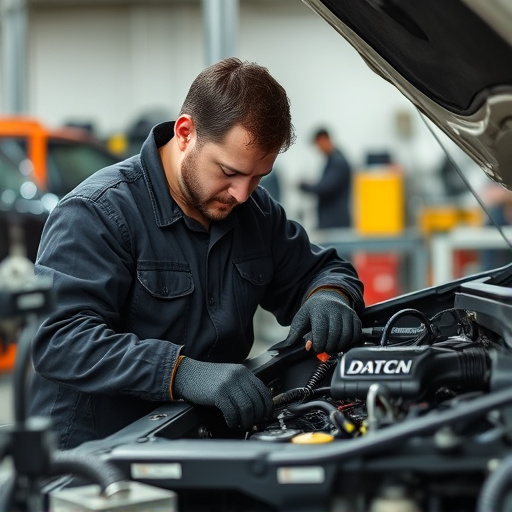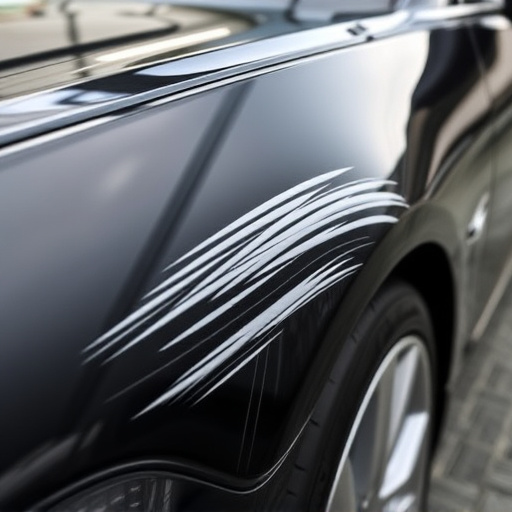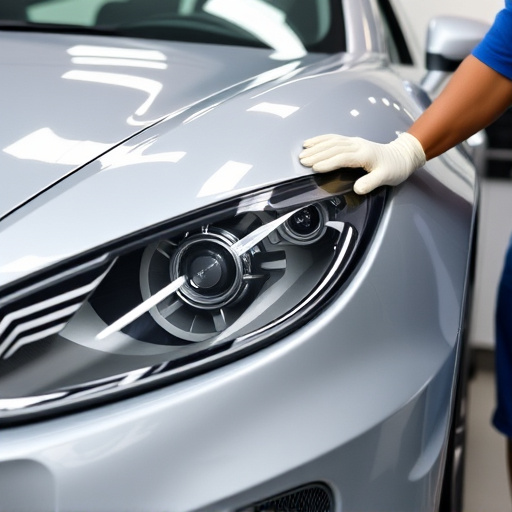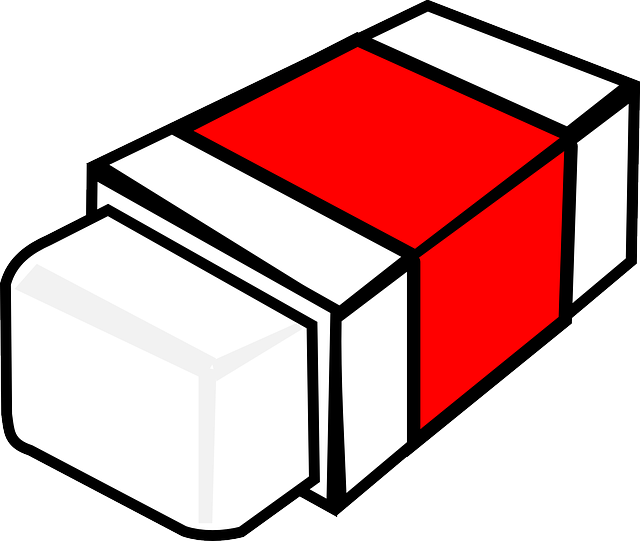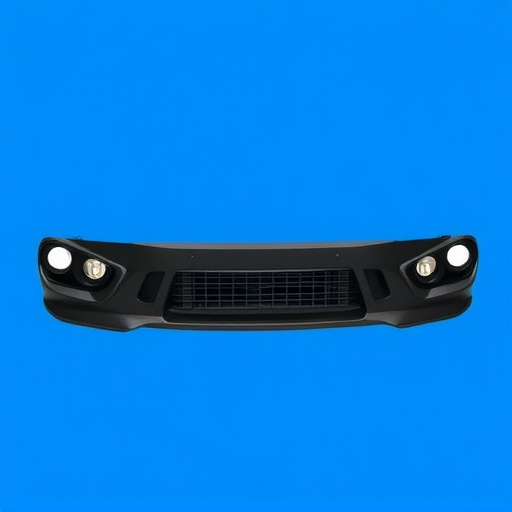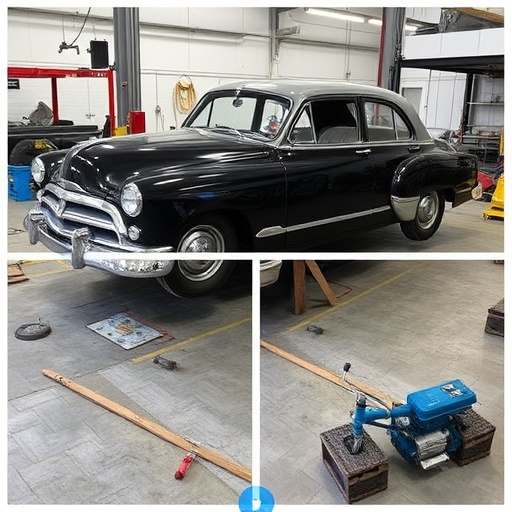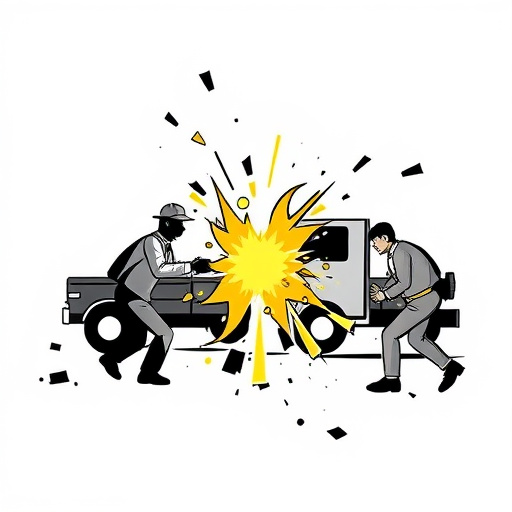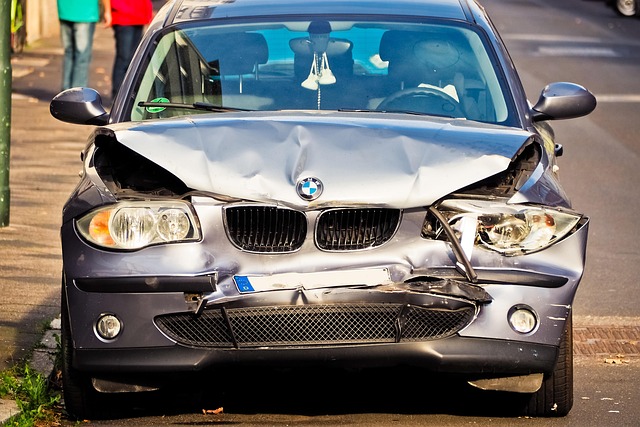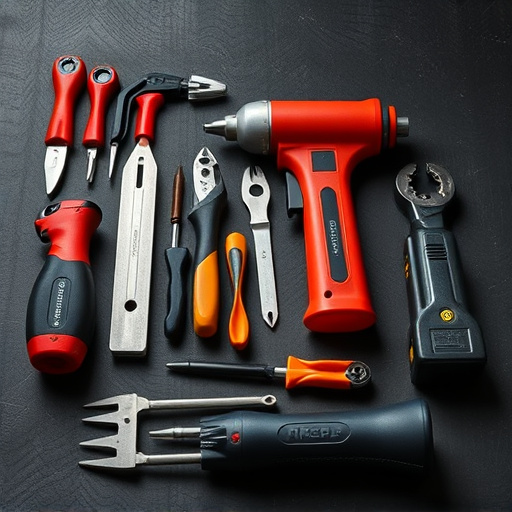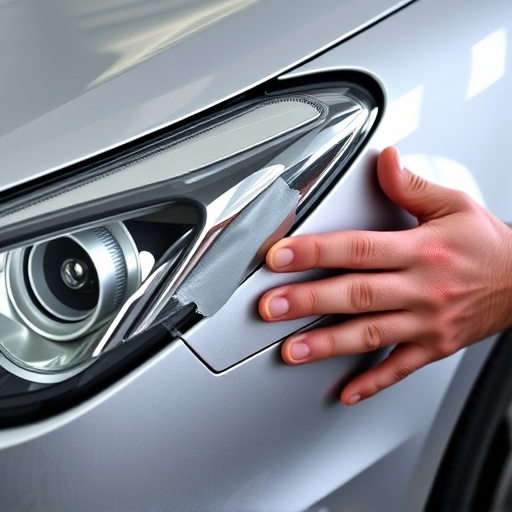Tesla interior trim damage ranges from light scuffs to severe panel cracks, primarily caused by everyday wear and accidents. Repair methods vary with damage severity: minor issues can be addressed with polishing, while extensive damage may necessitate replacement parts and professional craftsmanship. Assessment is crucial, determining whether a DIY approach (using kits from auto parts stores) or professional service (specialized tools for complex repairs) is required to match the original bodywork seamlessly. Paintless dent repair services enhance aesthetics by minimizing surface disruption.
“Experience a damage or dent on your Tesla’s dashboard or panels? This comprehensive guide is tailored for both owners and enthusiasts, offering insights into Tesla interior trim repair. We explore common causes of such damages, from minor accidents to everyday wear and tear, categorizing them for easier understanding. The article delves into the step-by-step repair process, providing practical tips for restoration.
Additionally, we dissect when DIY attempts are feasible versus hiring professionals, ensuring your Tesla retains its pristine condition.”
- Understanding Tesla Interior Trim Damage: Common Causes and Types
- The Repair Process: Steps to Restoring Your Tesla's Interior
- Tips for DIY vs Professional Repair: When to Choose Each Option
Understanding Tesla Interior Trim Damage: Common Causes and Types

Tesla interior trim damage can manifest in various ways, from minor scuffs and scratches on dashboards to more severe issues like cracked or broken panels. Understanding common causes is crucial for effective Tesla interior trim repair. One of the primary culprits is everyday wear and tear, especially in high-traffic areas like the dashboard and door panels. Another significant factor is accidental damage, such as collisions, door dings, or even careless handling.
Different types of interior trim damage require specific repair techniques. For instance, minor scuffs and scratches can often be treated with simple polishing and filling compounds, while more extensive damage may necessitate replacement parts and expert craftsmanship from a collision repair shop. Vehicle dent repair is another related service that addresses physical dents and scratches, contributing to the overall aesthetic appeal of your Tesla’s interior.
The Repair Process: Steps to Restoring Your Tesla's Interior

The repair process for Tesla interior trim starts with meticulous assessment. First, inspect the damaged area to determine the extent of the damage—be it a cracked dashboard or a dented panel. This step is crucial as it guides the selection of suitable materials for restoration. Next, clean and prepare the affected surface, ensuring no debris remains to avoid further complications during the repair.
Once ready, replace any missing or damaged components using high-quality Tesla-specific parts. These could range from simple adhesive applications to more complex installations requiring specialized tools. Auto collision centers with experience in Tesla repairs often employ advanced techniques and technology to ensure precision. This might include utilizing UV curing or heat activation adhesives for a durable bond. Finally, after the trim is securely fastened, sand and prime the area, then apply a matching finish to seamlessly integrate the repair into your Tesla’s original car bodywork.
Tips for DIY vs Professional Repair: When to Choose Each Option

When considering Tesla interior trim repair for dashboard or panel damage, deciding between DIY and professional options is key. For minor damages like small cracks or scratches, a DIY approach using kits available at auto parts stores can be cost-effective and satisfying. Online tutorials offer step-by-step guides tailored to Tesla models, making the process accessible for confident do-it-yourselfers.
However, for more extensive repairs, such as significant panel misalignments or complex paint issues, enlisting the help of a professional auto body shop is advisable. Specialized tools and expertise ensure precise results, preserving the vehicle’s aesthetic value. Many auto repair shops offer services like paintless dent repair, known for its minimal disruption to the car’s surface, making it an attractive alternative to traditional auto body work.
When it comes to Tesla interior trim repair, understanding the damage and choosing the right approach are key. Whether you opt for a DIY project or professional assistance, knowing the common causes – from minor dashboard scratches to more extensive panel damage – will guide your decision. Following the step-by-step repair process ensures the best results, enhancing your Tesla’s aesthetic appeal. Remember, selecting the appropriate materials and tools is crucial for a successful interior trim restoration that matches your vehicle’s original quality.
